Since the Islamic Revolution in 1979, has Iran made scientific progress or has it regressed? This is a question that has occupied the minds of many around the world. Much of the well-known international media has been stating since the beginning of the Islamic Revolution in Iran that the Revolution has caused Iran to regress in various dimensions and that Iran’s progress was halted following the Revolution.
One of the issues that has always been emphasized by the mainstream media is that they have said that Iran has deteriorated in science and technology. The issue of scientific progress and the production of science is perhaps one of the most important indicators of a country’s progress or decline. Thus, if someone wants to truly understand whether a country has undergone a decline or has advanced, they should investigate these two indicators.
In response to some reports that have referred to Iran's advances in scientific areas, the Western media has posed two main objections. The first objection for the doubts they raise pertains to the sources of these reports, and they make attempts to question these sources. The mainstream media calls the findings of the reports unreliable because they were produced by Iranian sources. The second type of objections they raise emphasizes that progress was a general, inevitable matter and that if the Pahlavi royal family had remained in Iran and the Revolution had not been victorious, these developments and even perhaps more developments would have taken place anyway.
The present report cannot be questioned using these two excuses. Firstly, this report has solely used western sources that are considered to be impartial and reliable worldwide. Secondly, instead of only investigating scientific advances after the Revolution, this report studies where Iran stands in comparison with other countries in different important areas before and after the Revolution. This report starts by providing an overview of Iran’s scientific status, and then it investigates Iran’s status in some of the main technical sciences.
According to the World Bank, Iran ranked 38th in the area of patents for inventions before the Revolution in 1970. But in 2016, Iran was reported to be the 7th country in the list of countries with the highest number of patents.[1]
The independent Canadian institute Science-Metrix, which impartially examines the scientific status of countries, has announced Iran's scientific growth rate in 2018 to be 11 times more than the global rate for scientific growth.[2]
In its statistical analysis of the scientific situation in countries, the Scimago Journal has offered interesting results. Based on their rankings of countries in 1996, Iran ranked 52nd among the 240 countries that were studied for their production of scientific documents.

Over the course of 21 years and under the system of the Islamic Republic, Iran moved up 37 places by the year 2017 to be ranked 15th in the world. This was higher than countries such as Denmark, Switzerland, the Netherlands, Sweden, and Austria. The Zionist Regime - which has seen a surge in the number of its brothels and related business in recent years[3] - has dramatically fallen back in different areas.
In the West Asian region, Iran took 5th place in publishing citable scientific articles in 1996.
But with a noticeable jump and a large gap in comparison to other countries, Iran ranked 1st in the region in producing and publishing citable documents in 2017. Moreover, Iran had published 13,000 more scientific documents than the second country in the ranking.
Medicine
An important part of the scientific achievements that were made and the sciences that were discovered were employed to serve the people. For instance, the World Bank reported that in the field of health and medicine Iran has achieved astonishing growth and made great improvements. Life expectancy has risen from 50 to 75 years. Before the Revolution, 185 children used to die out of every one thousand children under the age of 5. But thanks to medical advances in Iran, the mortality rate of children under 5 has dropped to 14.9 per 1000 births.[4]
Furthermore, Iran has seen a rise in the number of medical specialists. Before the Revolution, it was impossible for regular people to pursue higher education, especially medicine. Only the upper class had such an opportunity. There were only 5,890 specialists across the country at that time. But after the Revolution, the number of medical specialists, female doctors in particular, increased dramatically and reached a total of 36,000.
Based on reports by the World Bank, Iran ranked 21st in terms of the quality and number of hospitals in 2009. In 2017, Iran was recognized as the second country in the world in controlling contagious diseases. Iran’s status with regard to sanitation and medical advances is so praiseworthy that UNICEF has thanked Iran for its achievements.[5]
Nanotechnology
According to the Scimago Journal, Iran's rapid growth in nanoscience and nanotechnology is stunning. In 1996, only a limited number of countries had developed this science and technology, and Iran ranked 58th among those 66 countries. Unfortunately, rankings for years prior to 1996 are not available on this site.
Under the guidance of the Islamic Republic, Iran grew at a astonishingly rapid rate and jumped 42 levels to be ranked 16th among the 117 countries studied that possessed this science in 2017.
Iran ranked last among the countries in West Asia that had developed this science in 1996. But Iran was the leading country with nanoscience and nanotechnology in this region in 2017.

In addition, as for the number of ISI articles published on Nano, Iran ranks 4th, following countries like China and the U.S. Countries such as Germany, the U.K., and Japan are at a lower ranking than Iran.
Aerospace
Iran has also seen increasing growth in Aerospace Engineering. The statistics indicate that in 1996, Iran was the 45th country in the world in writing scientific articles on subjects related to Aerospace. But with a fast leap forward, Iran ranked 11th in the world in scientific articles on Aerospace Engineering in 2017.

In the West Asian region, Iran ranked 6th in the area of writing scientific articles on Aerospace Engineering in 1996. But due to the serious efforts made by the Islamic Republic for promoting the production of science and their providing the necessary tools and conditions needed by researchers and scientists, and also due to the capabilities and work of Iranian scientists, Iran ranked 1st in the region in terms of scientific output in Aerospace Engineering in the year 2017. Iran was so far ahead that other countries in the region lag far behind it.
The Zionist Regime experienced no increase in the amount of its scientific production even though it has received 121 billion dollars of contributions from the U.S. since 1985 based on official announcements. And this mainly comes from the tax dollars paid by U.S. citizens to their government for taking care of problems inside the U.S. In fact, the Zionist regime has greatly regressed and lost its ranking while turning into a hotspot for brothels![6]
Nuclear Technology
One of the scientific disciplines in which Iran has made remarkable advancements in the years following the Islamic Revolution is Nuclear Science and Engineering. According to the information provided by the Scimago Journal, Iran ranked 70th in the world in terms of scientific output and articles in 1996.

But with the efforts of Iranian scholars and experts like Martyr Ahmadi Roshan (who was assassinated in December 2011 due to the order of the Zionist regime and at the hands of MEK terrorists), Iran published 354 scientific articles in this field, thus raising Iran to rank 12th across the globe in 2017.

In the same field, once again it is Iran that is the leading nation in the West Asian region in 2017; whereas in 1996, Iran ranked 13th in the region.
Today, the Islamic Republic of Iran stands out as the 1st nation in West Asia in terms of the number of scientific articles that are written on Nuclear Engineering and Energy.

Such statistics are not limited to certain disciplines. Such a speed of scientific growth is visible in all areas, and as has been mentioned, Science-Metrix announced Iran's scientific growth rate in 2018 to be over 11 times faster than the global rate in science production.
According to New Scientist, Iran had the highest scientific growth rate in engineering and technical sciences in the world in 2017. It ranked 1st in the field of Aerospace in the region, 2nd in the field of Launch Technologies and Space Infrastructures in the region, 4th in the world in terms of nanotechnology, and 2nd in the area of Stem Cell Technology in the region. Iran also ranked 1st among Muslim countries and 23rd in the world in terms of Biotechnology.[7] .
|
Proportion (times) |
After the revolution |
Before the revolution |
Title |
|
139.2 |
377408 |
2711 |
Number of citable documents |
|
59.6 |
1.79 |
0.03 |
Rate of scientific growth (percentage) |
|
8 |
0.072 |
0.009 |
proportion of population with higher education |
|
25.4 |
4083012 |
160308 |
Number of University Students |
|
8.7 |
72100 |
8249 |
Number of academic staffs |
And according to the World Bank, the number of people who have had the opportunity to pursue higher education after the Revolution is not even comparable to the number before the Islamic Revolution
Why has Iran seen a great leap forward in scientific fields after the Islamic Revolution? Was not the rule of the Shah, which was fully supported by the United States, based on the Western media’s claims ‘a progressive state’? Doesn’t the Western media emphasize the idea that Islam and the Islamic Revolution have brought Iran to a halt? Why do the statistics of international institutions and scientific organizations speak of significant scientific progress in Iran? And all of this progress has taken place while the United States and dozens of Western countries prompted and armed Saddam to attack Iran. Due to their support, eight years of war were imposed on the Iranian nation. Furthermore, Iran has been facing the worst economic sanctions for 40 years.
The answer to these questions can be explained by studying the following points:
- Islam is a religion of science. Islam regards learning science and gaining knowledge to be the greatest and most important examples of good deeds. Due to Islam’s emphasis on learning science and knowledge, we witnessed the emergence of such people as Avicenna, Farabi, Razi, Khwarizmi, Birouni, and dozens of Muslim scholars during a brilliant scientific period in the Muslim world that coincided with the Middle Ages in Europe. These Muslim scholars changed the course of history, and the world is still using their scientific findings. After the Islamic Revolution, the Islamic Republic has always emphasized the importance of science, gaining knowledge, following the path of the Muslim scholars and the revival of the brilliant scientific period in the Islamic world. The results of the Revolution in scientific fields during these 40 years shows that the historical brilliant era of the rise in science is being pursued, and the first steps have been taken appropriately so far.
- The Shah’s regime was an anti-religious government. Instead of focusing on the matter of science and providing young people with an education, the government spent a great deal of money on corrupting the young people and getting them involved in carnal desires through immoral films and promoting the use of drugs among young people. Ashraf, Mohammad-Reza Pahlavi’s sister, was one of the major drug traffickers in the country, and drugs were freely imported into the country to corrupt the youth.
. - Reza-Khan Pahlavi was appointed by the British to be the Shah of Iran. Britain was always seeking to destroy Iran since it was an important Islamic state with a very important geopolitical position. Therefore, it endeavored to control and preoccupy the young generation in the country with depravity, drug abuse, etc. and turn them into a generation that was indifferent to their nation and inclined to the Western culture. In this way, they would have been able to plunder the natural resources of this wealthy country. Mohammad Reza Pahlavi, the son of Reza-Khan, was appointed by the United States for the same purpose as the previous Shah of Iran. The United States was attempting to prevent Iran from advancing so that Iran would remain a backward country. They wished to turn Iran into its military consumer in the region. Therefore, Iran was kept back in scientific fields. But in military weaponry, it became one of the world's largest purchasers of arms using its sales from crude oil to make these purchases. At that time, Iran was the U.S. police force in the region to further the goals and interests of the United States. The U.S. is inflicting the same disaster on Saudi Arabia and its people today.
[1] https://knoema.com/atlas/ranks/Number-of-patent-applications
[2] https://www.newscientist.com/article/dn18546-iran-showing-fastest-scientific-growth-of-any-country/
[3] https://www.haaretz.com/israel-news/.premium-women-brought-to-israel-for-prostitution-on-increase-1.5481624
[4] https://data.unicef.org/country/irn/
[5] https://www.unicef.org/iran/media_4427.html
[6] www.state.gov/documents/organization/282801.pdf
[7] https://www.newscientist.com/article/dn18546-iran-showing-fastest-scientific-growth-of-any-country/

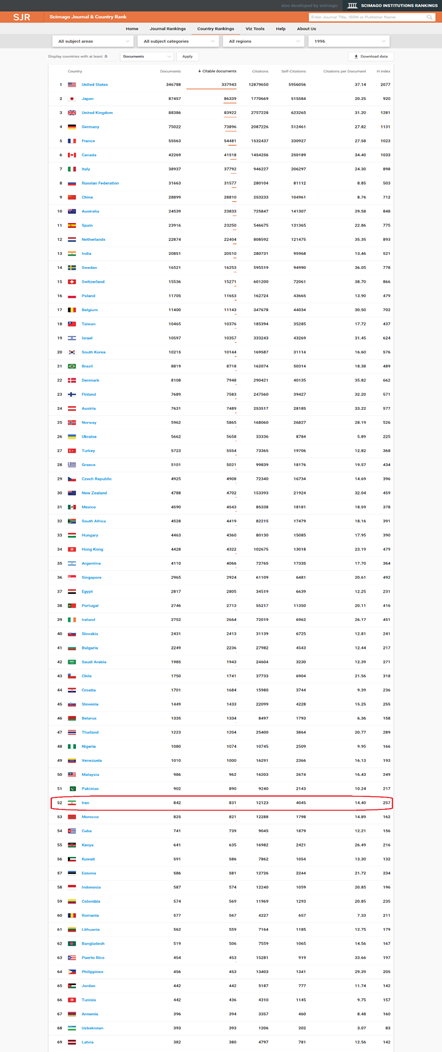
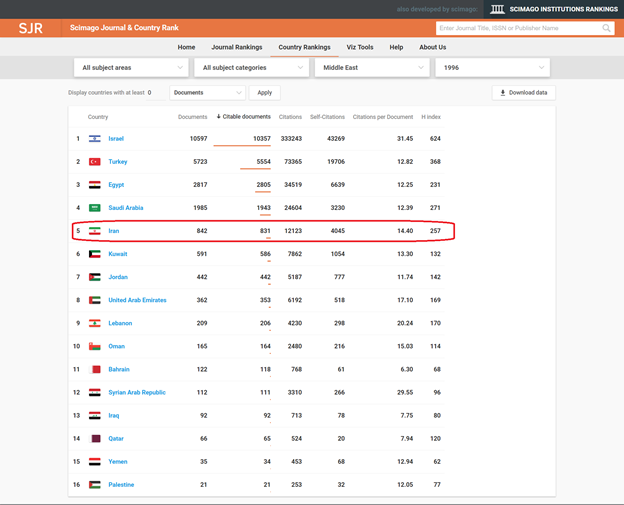
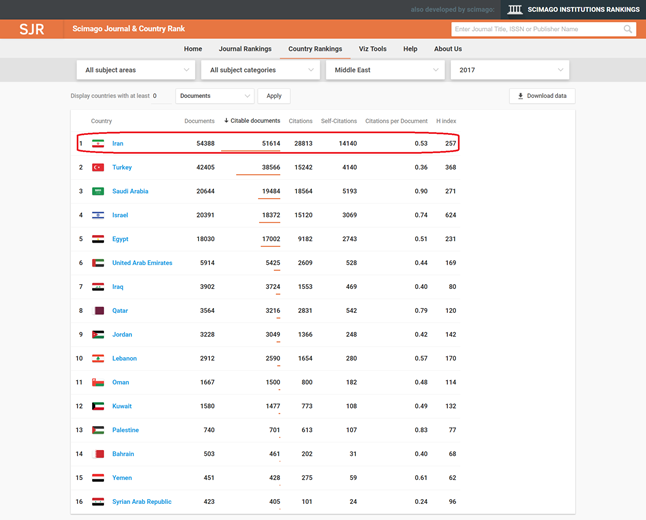
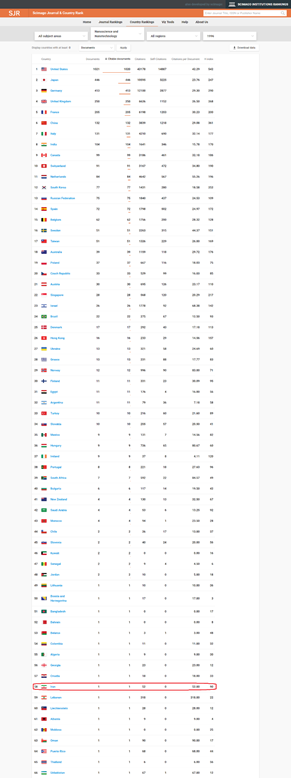

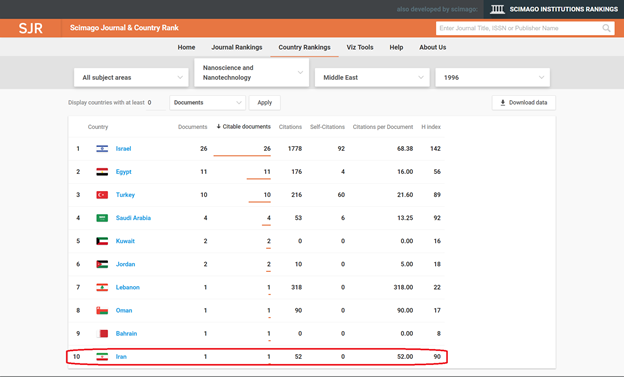
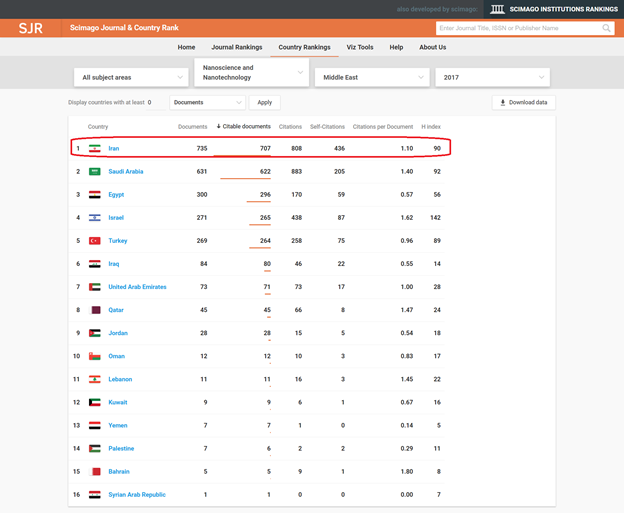
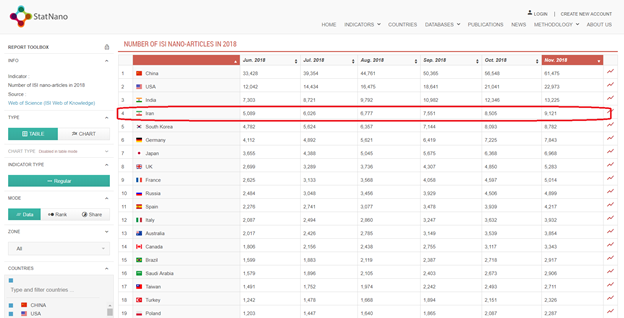
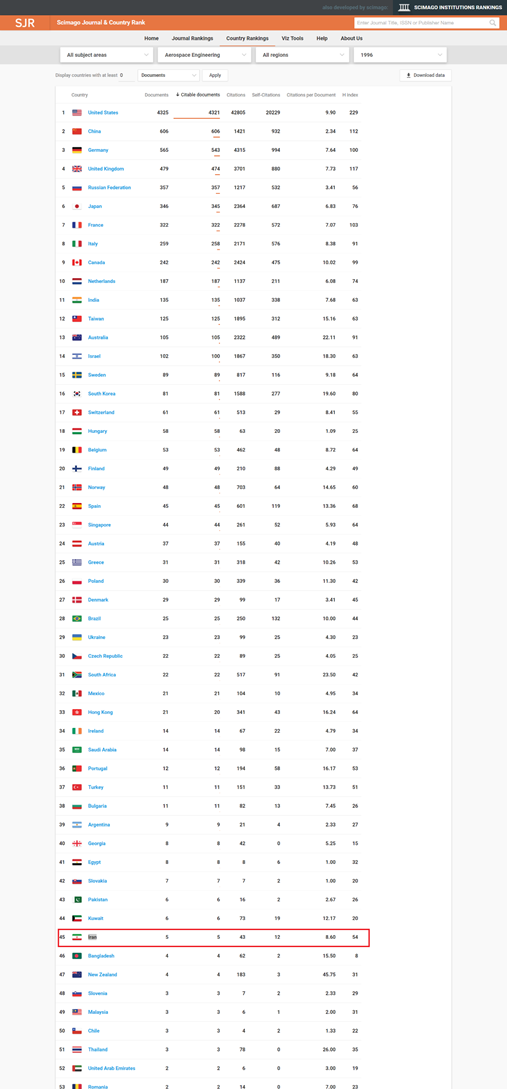
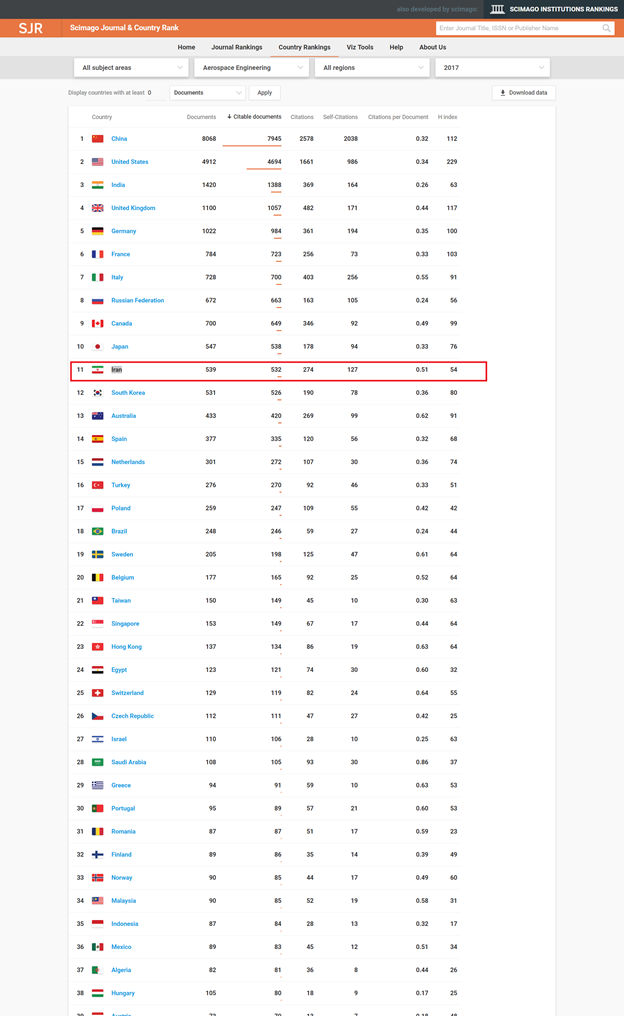
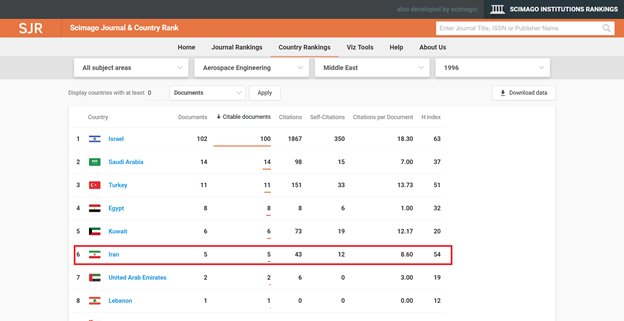
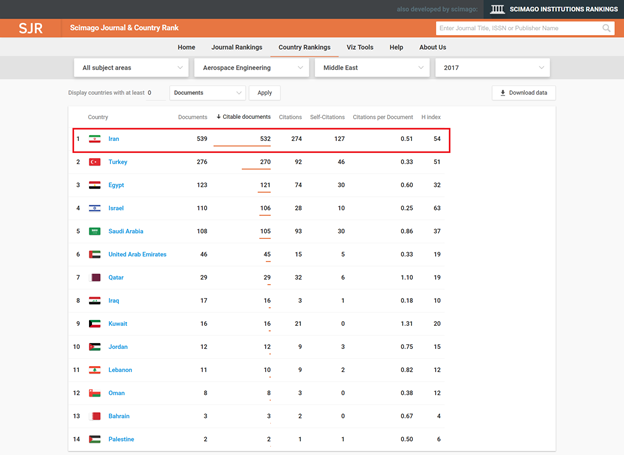

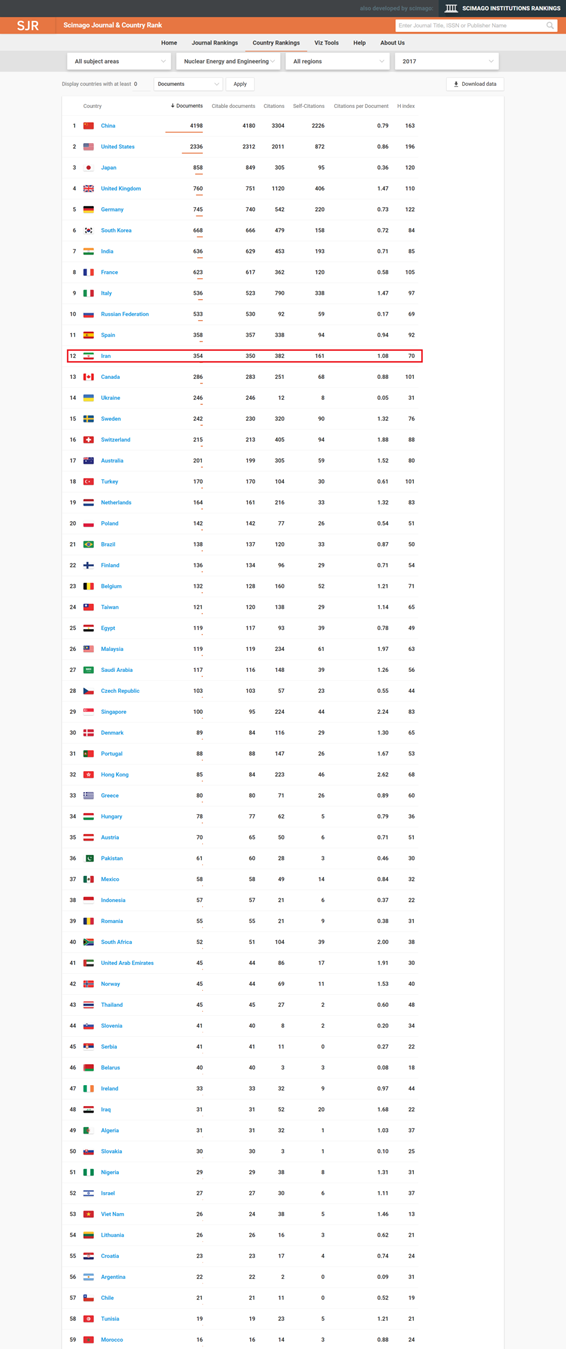
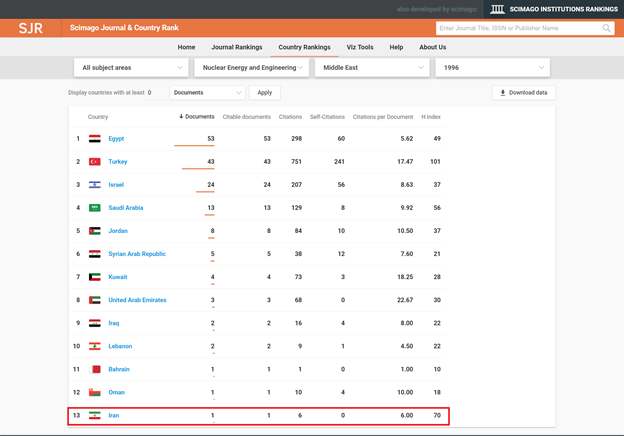
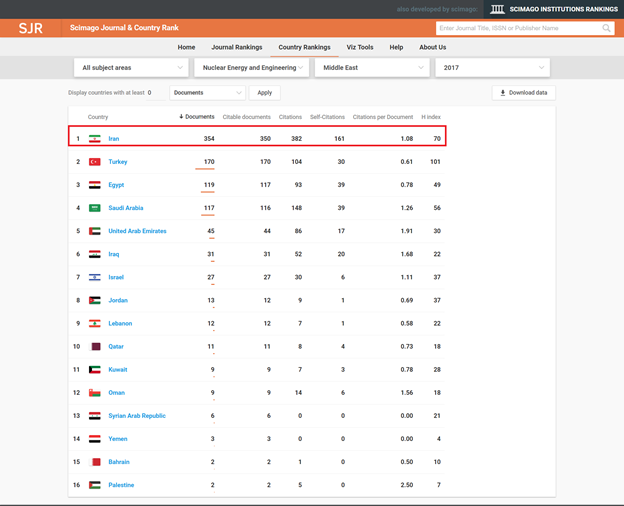

Comments